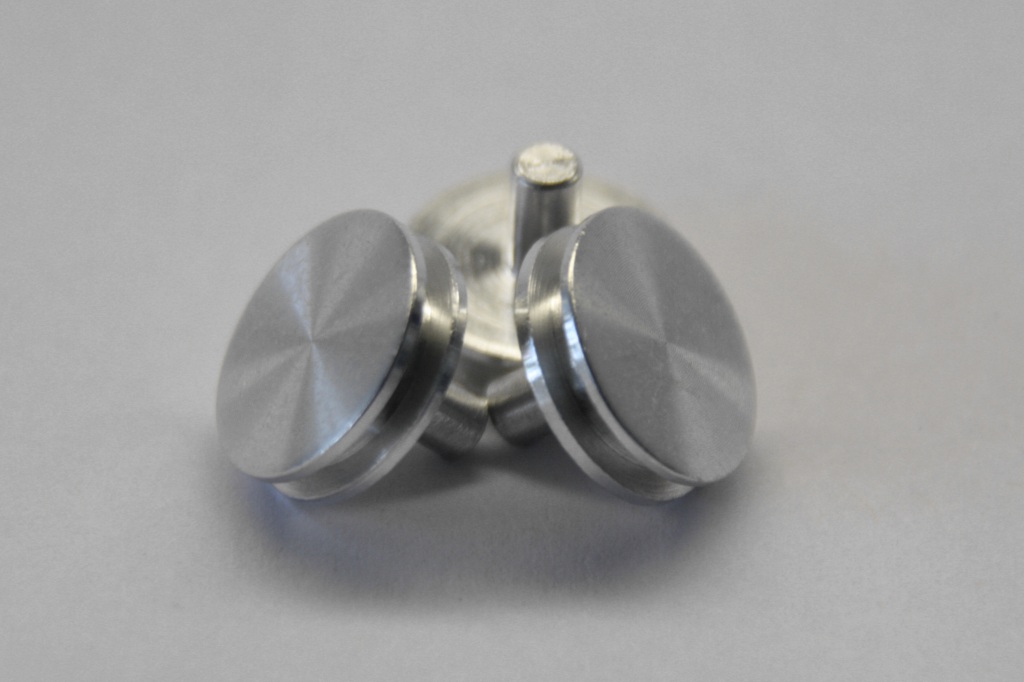Feature Image credit to Wikimedia Commons
Technology in 3D-printing has advanced to allow for the printing of firearms and firearm parts. A group at the University of Mississippi are investigating the potential evidence the plastics from these guns may leave behind and how they can be identified.
It seems almost absurd that something a person can print at home can be dangerous enough to injure or kill someone. However with advancements in 3D-printing technology and the spread of information on the internet increasing, a new class of firearms have emerged: plastic guns. In 2017, a Texas man, who was denied the purchase of a firearm due to a failed background check, decided to 3D-print his own AR-15.
Not only can these firearms be dangerous, but because they are not manufactured through regulated channels, they can be nearly impossible to track. Since 3D printed firearms are inherently different from normal firearms researchers have had to figure out how to help forensic investigators deal with the type of evidence that is recovered when such a atypical firearm is used to commit a crime. 3D-printed firearms present an interesting case as they do not leave behind the same type of evidence that a firearms examiner would normally expect to find at a shooting scene.

Figure 1. First firearm design, DD Liberator, that was released in 2013 by Defense Distributed. The design was taken down a few days later, as per a request of the State Department, but already had 100,000 downloads in the first two days. Photo Credit: Wikimedia Commons
Dr. Cizdziel at the University of Mississippi, along with Dr. Cody and David Edwards from JOEL, USA, have begun researching a way to detect gunshot residue and polymer from the firearms on different types of evidence that may be found at a crime scene.
The study was conducted in two parts: first with a firearm which was partially 3D-printed and then using a fully 3D-printed firearm with interchangeable revolver cylinders. The partially printed firearm was a .38 caliber while the fully printed firearm was a .22 caliber. Multiple polymer types were used to print each of the two firearm types. Each firearm type had a cartridge and bullet scraping performed, and for a selected few a stub with recovered particles produced during the discharge was analyzed. The recovered evidence on the stubs were collected from a cotton shirt that was placed less than a meter away from the firearm as it was fired.
Figure 2. Example of cartridge cases, fired bullet and empty stubs used for analysis. Photo credits: Wikimedia Commons, Public Domain Files and Wikimedia Commons.
To analyze the samples scraped from the cases and bullets, an up and coming technique in forensics, direct analysis in real time mass spectrometry or DART-MS was used. The part of the instrument that makes DART special was created by Dr. Cody and Dr. Laramée. DART is advantageous compared to other techniques because analysis can be performed at atmospheric pressure and a lot of sample preparation is not necessary. This saves time and allows for quicker analysis of samples. A scanning electron microscope (SEM) instrument was used to analyze the stubs.
The researchers were able to show that trace amounts of polymer from the barrels of the firearms were left on the cartridges and the fired bullets. They noted that those fired from the firearm with interchangeable revolver cylinders had less polymer, but they hypothesized this was because this firearm was a smaller caliber than the other. Gunshot residue was detected from all cartridge scrapings and was recovered on some of the stubs. Most of the gunshot residue was recovered from firings of the full 3D-printed firearm.
While there is still work to be done to study more compounds and optimize parameters, this study was the first step in providing a screening and analysis technique for gunshot residue and polymer identification resultant from 3D-printed firearm discharge. It is encouraging that even as new types of weapons are used in the commission of crimes, forensic science works hard in adapting to find new ways to deliver justice through science.
| Title | Identification of polymers and organic gunshot residue in evidence from 3D-printed firearms using DART-mass spectrometry: A feasibility study |
| Authors | Oscar Black, Robert Cody, David Edwards, James V. Cizdziel |
| Journal | Forensic Chemistry |
| Publisher | Elsevier |
| Year | 2017 |
| Link | https://www.sciencedirect.com/science/article/pii/S2468170917300140 |



